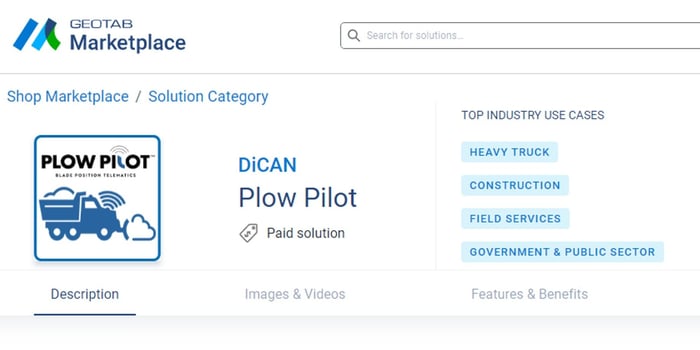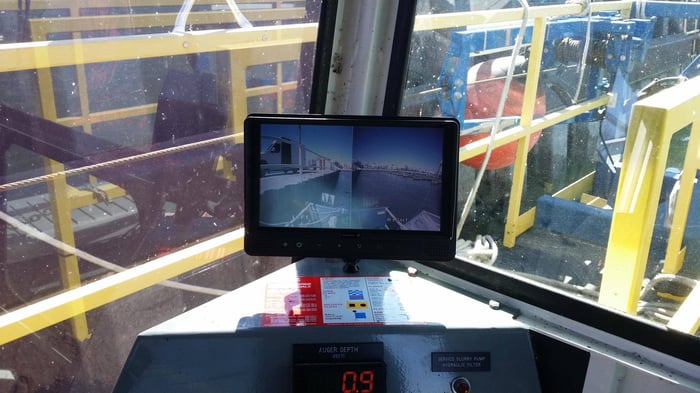
Table of Contents
Do you know?
Q: How many students are transported by school buses daily in Ontario?
A: Approximately 830,000 students.
Q: True or False: The majority of school bus-related injuries occur while students are on the bus.
A: False. Most injuries occur when students are boarding or leaving the bus.
Q: What is the maximum speed a school bus can travel in a school zone in Ontario?
A: 40 km/h
Q: True or False: In Ontario, drivers must stop for a school bus with its red lights flashing, regardless of the direction they are coming from.
A: True, unless there is a median.
Q: What is the fine for passing a school bus with flashing red lights in Ontario?
A: Fines range from $400 to $2,000 and six demerit points for a first offense.
Q: How far must a driver stop behind or in front of a school bus when its red lights are flashing?
A: Drivers must stop at least 20 meters away.
Q: Ontario law requires all school buses to be equipped with seat belts.
A: False. Most school buses do not have seat belts due to compartmentalization safety design.
Understanding and Managing School Bus Blind Spots: A Safety Guide
School buses, due to their size and design, have several blind spots that pose risks to the safety of passengers, pedestrians, and other road users. Understanding these blind spots and implementing strategies to manage them is crucial for preventing accidents. Here's a detailed look at the various blind spots on a school bus and how they can be mitigated.
The front blind spot is the area directly in front of the bus where the driver’s view is obstructed. This blind spot can extend several feet outward from the front bumper, primarily due to the bus’s high hood and the driver’s elevated seating position. Thick windshield pillars can also contribute to this blind spot. This blind spot is particularly dangerous for small children, who may be difficult to see when they are close to the front of the bus. To prevent accidents, children should be taught to wait until they can see the driver’s face before crossing in front of the bus and many of buses do have the crossing guard arm to ensure kids are far enough in front of the vehicle to be seen. Children should be educated on the dangers of crossing too close to the bus and should wait for the driver’s signal before crossing. Drivers need to be trained to understand and compensate for this blind spot, using mirrors and other tools effectively.
The rear blind spot, located behind the bus and can extend several feet beyond the vehicle. This blind spot is due to the bus’s length, the driver’s position at the front of the bus, and often limited rear visibility through windows. This blind spot poses a significant risk when the bus is reversing. If a child or object is behind the bus, the driver might not see it, potentially leading to accidents. Properly adjusted rearview mirrors can reduce the size of this blind spot, although they may not cover it completely. Many buses now include backup cameras that provide a live feed of the area directly behind the bus, greatly reducing the risk of accidents. In tight or crowded areas, a spotter may be used to guide the bus while reversing.
The left and right-side blind spots on a school bus share several common characteristics:
Limited Visibility: Both side blind spots are areas where the driver's visibility is restricted due to the bus's length, height, and the driver's seating position. This limitation makes it difficult for the driver to see vehicles, cyclists, or pedestrians alongside the bus.
Mirror Dependence: Managing both side blind spots relies heavily on properly adjusted side mirrors, including convex mirrors, to provide the best possible coverage. Even with well-adjusted mirrors, some areas may still remain hidden from the driver’s view. Before starting your route, check that all mirrors are positioned correctly to give you the best possible view of the sides of the bus.
Hazard During Lane Changes and Turns: Both blind spots are particularly hazardous when the bus is changing lanes or making turns. If a vehicle, cyclist, or pedestrian is in either blind-spot, the driver may not see them, increasing the risk of accidents.
Use of Technology: Modern safety technologies, such as blind spot detection systems, can be used for both the left and right-side blind spots to alert the driver if something or someone is in these areas. If your bus is equipped with blind spot detection systems, use them to alert you to vehicles, cyclists, or pedestrians in your blind spots. These systems can be particularly helpful when making lane changes or turns. Some buses may have cameras that provide additional visibility of blind spots. Familiarize yourself with these tools and use them as needed.
Importance of Driver Awareness: In both cases, drivers need to be vigilant and frequently check their mirrors, signal early, and take extra precautions in urban areas where the risk of encountering pedestrians and cyclists is higher. Make it a habit to check your mirrors, especially before changing lanes or making turns. A quick glance before and during these maneuvers can help you spot anything in your blind spots. Always signal well in advance of turning or changing lanes. This gives other road users time to react and helps ensure your blind spots are clear before you move. In addition to using mirrors, you can lean slightly forward or backward to change your angle of view and reduce blind spots
It's not just the operator who is obligated to ensure the safety of its passengers, empower them with education. If you’re a school bus driver, make sure students understand the importance of staying clear of the sides of the bus when boarding, exiting, or waiting for the bus. Children should know to always stay visible to the driver.
In conclusion, managing blind spots on a school bus is vital for ensuring the safety of passengers, pedestrians, and other road users. By understanding where these blind spots are and implementing effective strategies to mitigate them, drivers can significantly reduce the risk of accidents. Regular training, proper mirror adjustment, and the use of modern safety technologies are essential components of safe school bus operation.





